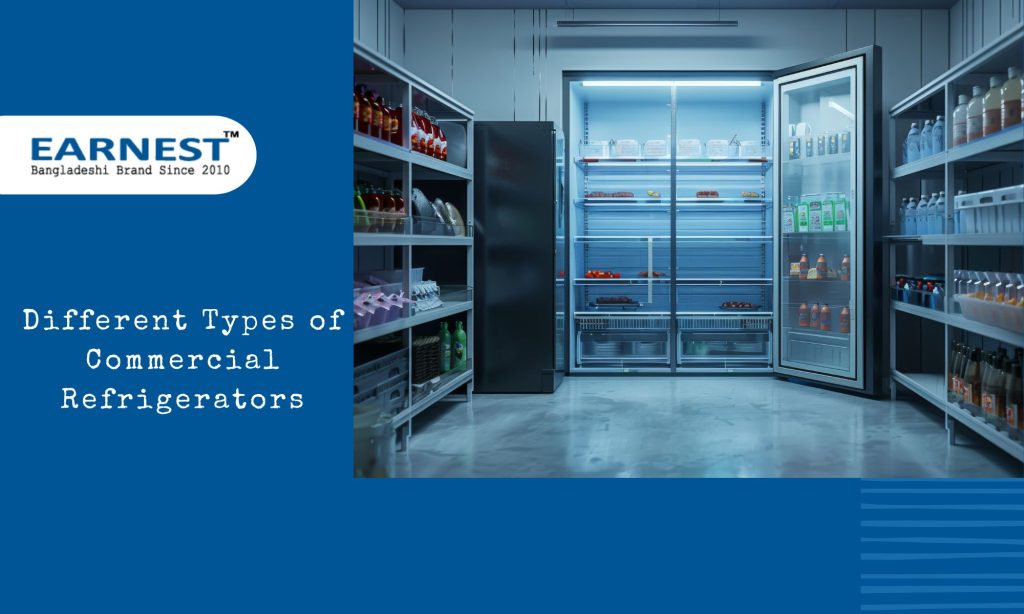Chiller, a machine used to cool things down using a particular type of liquid that absorbs heat, is a vital part of factories and plants in Bangladesh. The essential components of this cooling system include a compressor, condenser, expansion valve, and evaporator. The components work together, circulating a refrigerant that reduces heat from a process, operation, or space.
Industrial facilities usually use water cooled chillers instead of air cooled chillers to cool their plants and factory areas.
However, like all powerful machines, the chillers also have malfunction issues and problems. But, there are solutions to the problems, too. Below, we look at some major industrial chiller problems and how to troubleshoot them.
Common Causes of Chiller Problems
Industrial chillers can malfunction and set the alarms ringing, disrupting plant operations. Among the many reasons a chiller may stop working, the following stand as common:
1. Insufficient Maintenance
Chillers may work poorly or stop working if the operators fail to ensure basic maintenance methods. All chiller parts require regular inspections and maintenance to remain in good condition. You should schedule preventive and corrective maintenance tasks with your operators to avoid spending more energy to cool down and malfunction the machine.
Solution:
Using a diagnostic tool, like a log book or system helps you or your team monitor chiller data. The operators can view the changes in the equipment’s performance, allowing them to take immediate action when needed.
Also, industrial chillers are usually water-cooled and require a separate cooling tower, which removes heat from the refrigerant. So, maintaining a water-filled tower is vital, helping the machine perform at optimum levels.
2. Incorrect Construction
When you are setting up a plant or factory, spacing and constructing equipment and machines matter. Undersized chillers may generate insufficient airflow and poor cooling. On the other hand, oversized chillers may create problems for operations needing a lower load of energy, which results in higher plant operation costs. This is due to the frequent cycling needed for the oversized chillers.
Solution:
Go over the chiller’s technical manual well and analyze the cooling loads of the chiller to understand its optimum capacity and performance levels.
You can also contact Industrial chiller manufacturers like Earnest who provide you with the most suitable chillers for your operations that generate and improve performance for any industrial cooling system. With their 12+ years of business operations in the country, their range of industrial chillers leads the pack in the industry.
3. Incorrect Operating Procedures
Regardless of the purchase, you should always adhere to the manufacturer’s manuals that contain the guidelines for correct operations. Even if initially the machine works well, in the long run, it will become more vulnerable to problematic performance issues, reducing its lifespan.
You should also note that exceeding the manufacturer’s recommended water flow rate reduces the chiller’s efficiency. More water input does not yield more performance output. This is because too much water can expedite rusting in the containers, making the coolant fail.
Solution:
One step you can take is upskilling your staff on operating and maintaining procedures for chillers, especially the ones for your plant. This attempt would help them spot any issues before the problem amplifies.
Also, you can create a plan and drill for regular chiller maintenance, ensuring longer equipment life.
Earnest, the oldest and largest manufacturer of industrial water chillers in Bangladesh, follows these steps and more to ensure top-quality water chillers.
Symptoms of Chiller Malfunctions
Like other machines, chillers also send signals of damage initially, despite properly operating. Understanding these few common initial signals may allow operators to identify the potential problem and act accordingly:
Failing to Start
If a chiller does not start, more often than not it means a loose wire or blown circuit breaker.
Insufficient Cooling
If you find a temperature not equaling the standard requirement, there is a good chance it indicates an iced-up evaporator or deteriorating coolant fluid.
Insufficient Pumping
Insufficient pumping usually occurs from below-the-mark coolant volume, a partially closed valve, failure of a pump, or a process line restriction. These symptoms can reduce the efficiency of adequate coolant flow within the refrigeration cycle.
Additional chiller malfunctioning indicators
- Higher temperatures than indicated by the manufacturer
- Insufficient heat load or below-standard temperature alarm
- Coolant going well below the acceptable level in the reservoir
Understanding troubleshooting signs of chillers is as important as fixing a malfunctioning chiller. Remember, there are several types and models of water-cooled chillers that your factory may use. For instance, the procedure and requirements for a water-cooled scroll chiller may not be the same as the ones for a water-cooled screw chiller.
So knowing their functioning requirements is also important to prevent damages from occurring. It is always best to act beforehand rather than after the issue presents itself.
End Words
Industrial chillers keep factories running smoothly. These machines protect factories from too much heating and damaging the resources (human, technological, and natural) on the premises. However, like all machines, they may malfunction and create chaos, if not maintained and operated accordingly.
To ensure your factory is well-maintained, read the chiller instructions properly, follow them, maintain and operate the system well, and look for signals of degradation to act promptly. For further assistance or purchase, you can reach out to the local pioneer in this field, Earnest.






